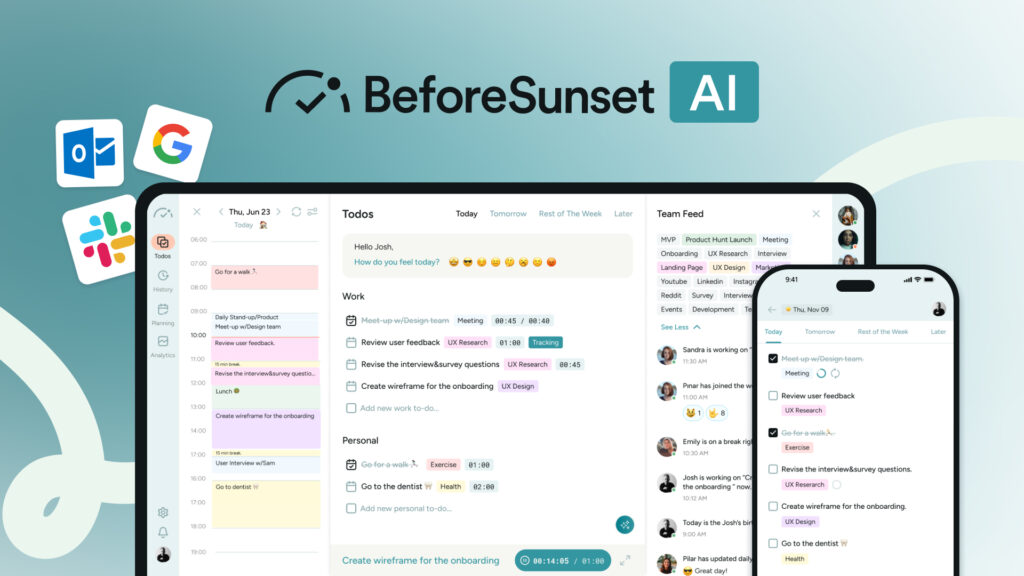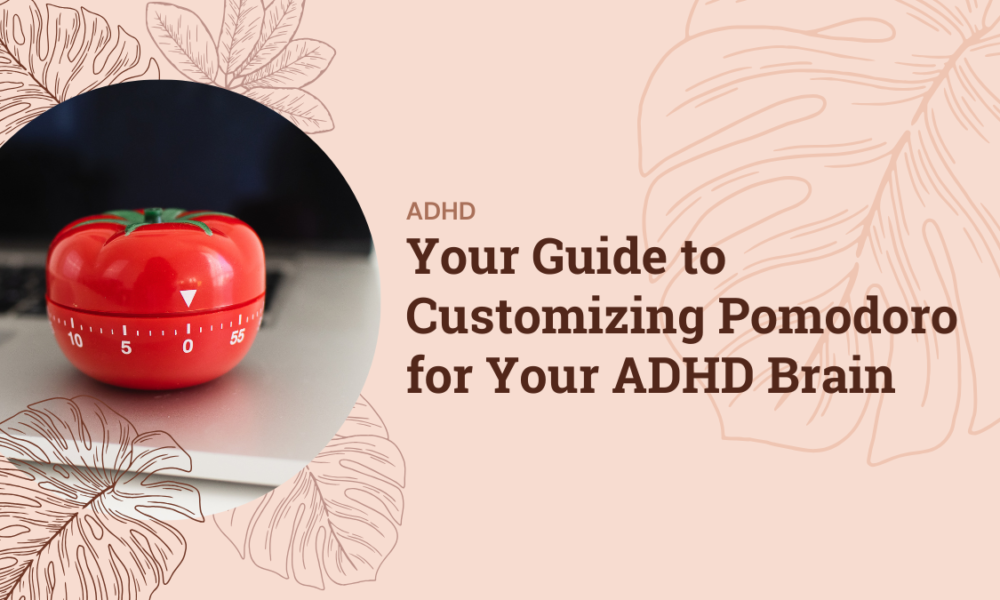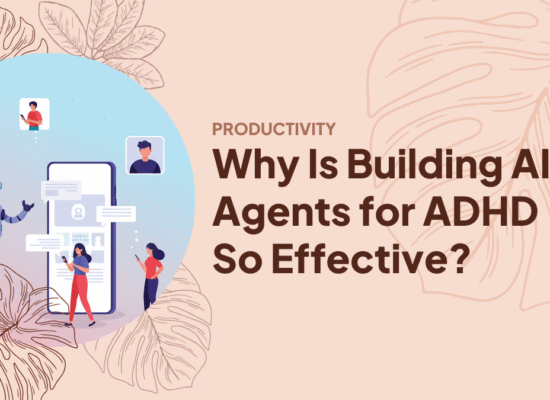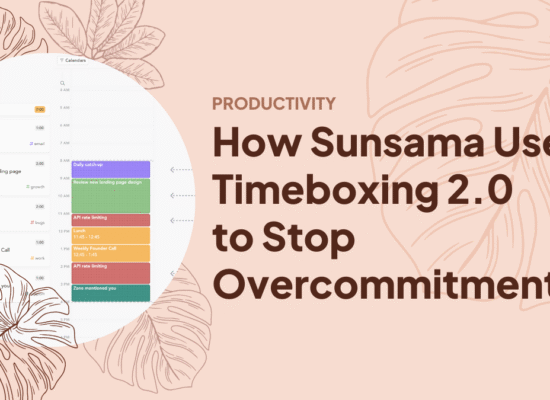Table of Contents
- What Makes the Pomodoro Technique ADHD-Friendly?
- Common Challenges When Using Pomodoro with ADHD
- Personalizing Your Pomodoro Practice
- Creative Adaptations for Different ADHD Styles
- Digital Tools That Make Pomodoro More Effective
- Tips for Maintaining Consistency
- Real-Life Applications
- Troubleshooting Common Issues
- Conclusion
Picture this: it’s 3 AM, and I’m still hyperfocused on a project that should’ve taken two hours, not eight. Sound familiar? That was my reality before discovering the Pomodoro technique and ADHD management strategies that actually work. Like many of us with ADHD brains, I struggled with traditional time management methods that felt more like straitjackets than helpful tools.
You see, most conventional time management advice assumes we all process time the same way. “Just make a schedule and stick to it!” they say. But if you’re neurodivergent like me, you know it’s not that simple. Our ADHD brains dance to a different rhythm – one that traditional methods often don’t account for.
Before we dive in, let’s get one thing straight: this isn’t your typical “follow these steps exactly” guide. Think of it more as a creative adventure in finding your own perfect pomodoro for ADHD strategy. What works beautifully for me might need tweaking for you, and that’s exactly how it should be.
What Makes the Pomodoro Technique ADHD-Friendly?

The pomodoro method for ADHD is like having training wheels for your attention span. At its core, it’s simple: work for a set period, take a short break, repeat. But why does this seemingly basic technique work so well for ADHD brains?
First, let’s break down the science. Research shows that ADHD brains process time differently – we tend to exist in “now” and “not now.” The pomodoro technique and ADHD are natural partners because they create a structured “now” that our brains can grasp. It’s like having signposts in the fog of time blindness.
The psychology behind manageable time chunks is fascinating. When we break tasks into smaller portions, we’re essentially tricking our brains into perceiving them as less overwhelming. It’s the difference between looking up at Mount Everest and looking at the next step in front of you.
This is where modern tools like BeforeSunset AI come in handy – they help translate these psychological principles into practical, customizable workflows that match your unique rhythm.
Common Challenges When Using Pomodoro with ADHD
Let’s share the elephants in the room – those common hurdles we face when implementing the pomodoro technique for ADHD:
First up: the classic 25-minute work interval. While it’s the traditional standard, it might feel as uncomfortable as someone else’s shoes. Some days, I can barely manage 15 minutes; other days, I’m in the zone for 40. The key is finding your personal sweet spot.

Then there’s the task-switching tango. Transitioning between tasks can feel like trying to change directions in midair. Our ADHD brains often need more than just a five-minute break to successfully shift gears.
Getting started? That’s often the Mount Everest of challenges. The pomodoro technique for ADHD works wonderfully once you’re in motion, but that initial push can feel like trying to move a parked car with your bare hands.
And let’s not forget about maintaining momentum. Even when we find our groove, keeping it going can be tricky. Some days, the technique flows perfectly; other days, it feels like we’re fighting against our natural rhythm.
From my experience, these challenges aren’t roadblocks – they’re invitations to customize. Using tools like BeforeSunset AI has helped me adapt the technique to work with my brain rather than against it, especially when managing hyperfocus tendencies.
Personalizing Your Pomodoro Practice

A. Finding Your Ideal Time Blocks
Remember how I mentioned that the traditional pomodoro for ADHD might need tweaking? Here’s where the magic happens – finding your perfect rhythm. Think of it like creating your own time recipe, where you’re the chef and your attention span is the main ingredient.
Through my journey with the pomodoro method for ADHD, I’ve discovered that my ideal work blocks vary depending on the task and time of day. Morning writing sessions? I can rock 35-minute intervals. Afternoon data analysis? 20 minutes works better. It’s all about tuning into your natural energy patterns.
Here’s a little secret: flexibility isn’t just nice to have – it’s essential for ADHD brains. Some days you might nail four 25-minute sessions back-to-back, while others might call for shorter sprints. That’s perfectly okay! The goal isn’t to force yourself into a rigid system, but to create a flexible framework that supports your unique workflow.
B. Creating the Right Environment
The Pomodoro technique and ADHD work best when your environment is set up for success. Think of your workspace as your personal productivity cocoon.
Here’s how to make it work:
Physical Workspace:
- Clear your desk of everything except what you need for your current task
- Keep fidget toys within reach (they can actually help with focus!)
- Consider using noise-canceling headphones if sounds distract you
- Face your desk away from high-traffic areas if possible

Digital Workspace:
- Use BeforeSunset AI to track your Pomodoro sessions and tasks
- Close unnecessary browser tabs (yes, all 47 of them!)
- Turn off notifications on your phone and computer
- Keep your virtual desktop as organized as your physical one
Remember, distractions will happen – we’re human! The key is creating an environment that helps you get back on track quickly when they do.
Creative Adaptations for Different ADHD Styles
Let’s get creative with how we approach the ADHD Pomodoro technique! One size definitely doesn’t fit all, so here’s a buffet of adaptations to choose from:
| Visual Timer Magic | Body-Doubling Boost | Reward System Remixes | Combine & Conquer |
|---|---|---|---|
| Try a physical hourglass for a tangible sense of time | Work alongside a friend (virtually or in person) | Create a points system for completed pomodoros | Pair pomodoros with the “body doubling” technique |
| Use color-changing smart bulbs that shift during your work/break periods | Join online co-working sessions | Build in “achievement unlocked” moments for task completion | Use time blocking alongside your pomodoros |
| Experiment with visual timer apps that show time in creative ways | Use “study with me” videos for ambient company | Use sticker charts (yes, they work for adults too!) | Incorporate task batching for similar activities |
| Set up your BeforeSunset AI dashboard where you can easily glance at it | Set up accountability check-ins with a work buddy | Plan micro-rewards for mini-milestones | Mix in the “two-minute rule” for quick tasks |
Remember, these adaptations aren’t just fun experiments – they’re serious strategies for making the Pomodoro method for ADHD work better for your unique brain. The key is to play around with different combinations until you find what clicks for you.
Digital Tools That Make Pomodoro More Effective
Let’s talk about making the pomodoro technique and ADHD work together seamlessly in our digital age. While there are many tools out there, I’ve found BeforeSunset AI to be a game-changer in my productivity journey.

BeforeSunset AI isn’t just another timer app – it’s like having a personal productivity assistant who understands how ADHD brains work. Here’s what makes it special for the pomodoro method for ADHD:
Customization Features:
- Flexible timer settings that adapt to your energy levels
- Visual progress tracking that keeps you motivated
- Task categorization that makes switching between activities smoother
- Intelligent breaks that help prevent burnout
The real magic happens in how BeforeSunset AI adapts to different working styles. Whether you’re a visual thinker who needs charts and graphs, or someone who prefers simple lists, the interface adjusts to your preferences. Plus, it integrates smoothly with your existing calendar and task management tools, making the ADHD pomodoro technique feel like a natural part of your day.
Tips for Maintaining Consistency
Building sustainable habits with pomodoro for ADHD is less about perfect consistency and more about creating a flexible routine that bends without breaking.
Here’s how to make it stick:
| Building Sustainable Habits | Energy Management | Handling Off-Days |
|---|---|---|
| Start small (seriously, even smaller than you think) | Map your natural energy peaks and valleys | Have a “minimum viable pomodoro” plan ready |
| Celebrate every win, no matter how tiny | Schedule important tasks during your “peak” times | Give yourself permission for shorter sessions |
| Link Pomodoros to existing habits (like morning coffee) | Keep a simple energy log to spot patterns | Focus on process over perfection |
| Use visual cues to remind you of your system | Adjust pomodoro lengths based on your energy levels | Keep a “good enough” mindset |
Real-Life Applications
The beauty of the pomodoro technique for ADHD is its versatility. Let’s look at how it works in different scenarios:

Work Scenarios:
- Email management (one pomodoro for sorting, one for responding)
- Report writing (breaking it into manageable chunks)
- Meeting preparation (quick, focused bursts)
- Project planning (using pomodoro for brainstorming and organizing)
Study Situations:
- Breaking down reading assignments into digestible sections
- Alternating between different subjects to maintain interest
- Using breaks for active recall and quick reviews
- Creating study guides one pomodoro at a time
Creative Projects:
- Separating ideation and execution phases
- Using pomodoro for different creative stages
- Building in “inspiration breaks”
- Maintaining creative flow while avoiding hyperfocus
Household Tasks:
- “Power hour” cleaning sessions broken into pomodoro
- Meal prep and planning in focused chunks
- Organizing spaces one section at a time
- Tackling paperwork and bills in manageable sessions
Remember, the pomodoro method for ADHD isn’t just about work – it’s about making any task more manageable by breaking it down into bite-sized pieces that your brain can handle with ease.
Troubleshooting Common Issues
Let’s be real – even the best pomodoro for ADHD strategy will hit some bumps along the way. Here’s your troubleshooting guide for those moments:
When Distractions Strike:
- Don’t beat yourself up – this is normal for ADHD brains
- Note where you left off before the distraction
- Take a deep breath and gently redirect your attention
- Use BeforeSunset AI’s tracking features to understand your distraction patterns
When Things Aren’t Clicking:
- Review your pomodoro method for ADHD settings
- Ask yourself if the time blocks still match your needs
- Check if your environment needs adjusting
- Consider if you need more breaks or different break activities
Handling Interruptions:
- Keep a small notepad for urgent thoughts that pop up
- Use the “pause” feature in your timer app
- Have a quick response ready for non-urgent interruptions
- Plan buffer time between pomodoro for unexpected issues
Signs It’s Time to Modify Your Approach:
- Consistent difficulty completing intervals
- Feeling more stressed than supported
- Finding yourself avoiding the technique
- Noticing that your productivity is dropping
Remember, needing to adjust your pomodoro technique and ADHD management strategy isn’t a failure – it’s part of the process!
Conclusion
The journey to mastering the ADHD pomodoro technique is uniquely yours. Like any good recipe, the basic ingredients (time blocks, breaks, and focus) remain the same, but the proportions and preparation method? That’s where your personal touch makes all the difference.
Throughout this guide, we’ve explored how to customize the pomodoro method for ADHD to fit your brain’s unique wiring. From finding your ideal time blocks to troubleshooting common challenges, remember that flexibility and self-compassion are your best friends on this journey.
Remember: Your perfect pomodoro practice isn’t about reaching some ideal standard – it’s about creating a system that works for you, even (and especially) on your most ADHD days. Start small, experiment freely, and celebrate every step forward.
Ready to take your productivity to the next level?
I’ve found BeforeSunset AI to be an invaluable companion in my own ADHD productivity journey. Its intuitive features and flexible approach make it perfect for personalizing your pomodoro practice.







No Comment! Be the first one.